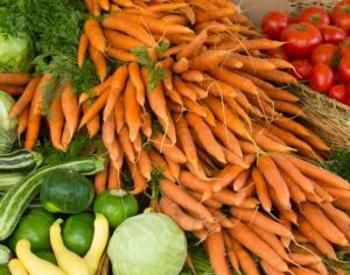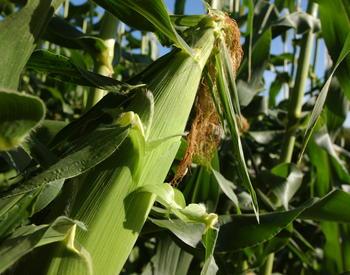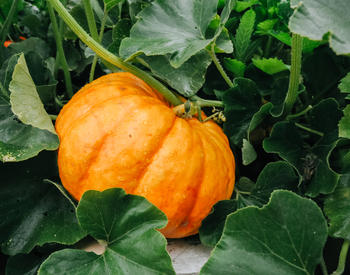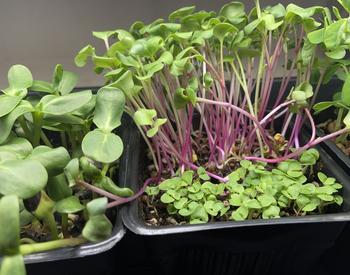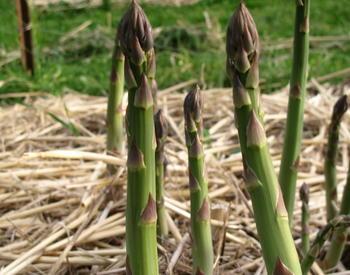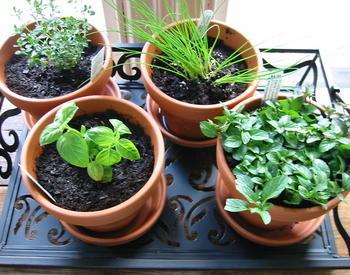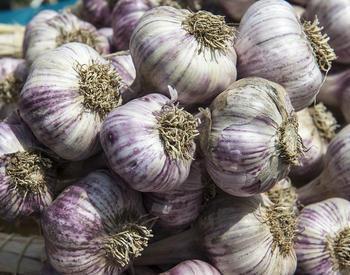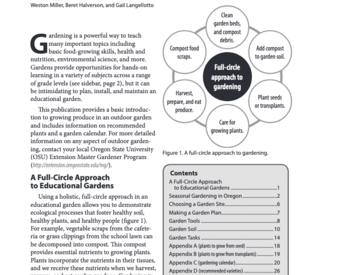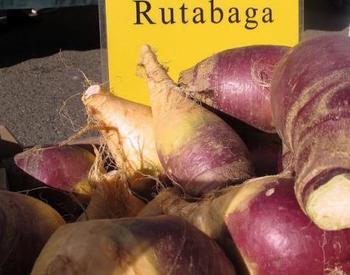CORVALLIS - If you have trouble getting other green beans to germinate in early May because of cold soil, try planting a patch of scarlet runner beans first before your pole and bush green beans.
Runner beans, including the well-known scarlet runner beans, are the most popular green bean in Britain. Now, they are gaining popularity in the United States. Native to central and South America, they were brought to England in the 1700s.
With beautiful red flowered climbing vines, scarlet runner beans make wonderful ornamental plants as well as provide an edible crop. The red flowers are prized by hummingbirds and trellis owners alike.
Runner beans are naturally more cold tolerant than other green beans, explained Oregon State University vegetable breeder Jim Myers.
"You'll find them growing at higher elevations in their native habitat than the common bean," explained Myers. "They also have adaptations to cold climates such as cotyledons [seed leaves] that remain below ground rather than above ground as in the common bean. They also have tuberous roots allowing them to overwinter here in western Oregon if grown in a sheltered area where they are protected from too much cold and moisture.
As with green beans, there are both pole and bush types of runner beans. Unless you want to grow runner beans for shelling beans, harvest the long green pods when they are young and tender, before the seeds begin to form in the pods. Tougher than many green beans, they are best when sliced before cooking. Some varieties available include: Scarlet Emperor, Scarlet Runner and Dwarf Bees.
If grown to maturity and used as shelling or dry beans, these beautiful speckled seeds make a wonderful addition to winter minestrone soup.
